Chicago is the largest city in the State of Illinois and the third most populated city in the United States. Its metropolitan area, often referred to as ‘Chicagoland’ is made up of more than 70 neighbourhoods. We offer a glimpse at just a few of the city’s most eclectic neighbourhoods and things that a “real local” might do in them. All are either within walking distance from downtown or are a quick train or cab ritde away. So get out, hit the neighbourhoods and discover what makes Chicago so great and the reason why so many people are attracted to America’s ‘Second City’.
Gold Coast/Streeterville/River North
Home to Chicago’s ‘Magnificent Mile’, The Gold Coast is known as Chicago’s wealthiest neighbourhood. Formerly a tree-lined boulevard home to mansions belonging to Chicago industrialists, The Great Fire-refugee-Water Tower now counts world-renowned shops, boutiques, hotels and luxury high-rise condominiums as its neighbours. A base to explore surrounding neighbourhoods, less than a 20-minute walk delivers architectural boat tours, Millennium Park, The Loop and the parks and beaches of Lincoln Park. Streeterville, once a marshy sandbar, allowed for landfill expansion into the lake, is today dotted with high-rise condos that are added to with each real estate upswing. River North, the stretch between the Gold Coast, the Chicago River and The Loop, has an industrial feel due to its riverfront access, and many of its warehouses were updated to house art galleries, home design studios and loft apartments. A tourist belt runs through it linking national restaurant chains all the way to Navy Pier. Brush past these tourist traps, seek purely local offerings and quietly appreciate that there are many reasons why people visit and there is something different for everyone.
Walk, bike, or take an early morning run up the brownstone-lined streets of the Gold Coast towards Lincoln Park weaving up and down historic State, Dearborn and Astor Streets. Note the frictious proximity of the original, raucous Playboy Mansion and an estate formerly occupied by the annoyed Cardinal of the country’s second largest archdiocese. Make your return loop back along the beaches and paths that line the lake, your official front yard.
Home to more than 20 steakhouses and growing, stockyard-free Chicago is still arguably the steak capital of the world. Should USDA prime beef be your desire, consider old-school Gene & Georgetti’s for nostalgia, Rush Street legend Gibson’s for its scene, or Benny’s Chophouse, a true local choice.
All summer long, farmers delivering their seasonal best make their way to a number of markets throughout the neighbourhood.
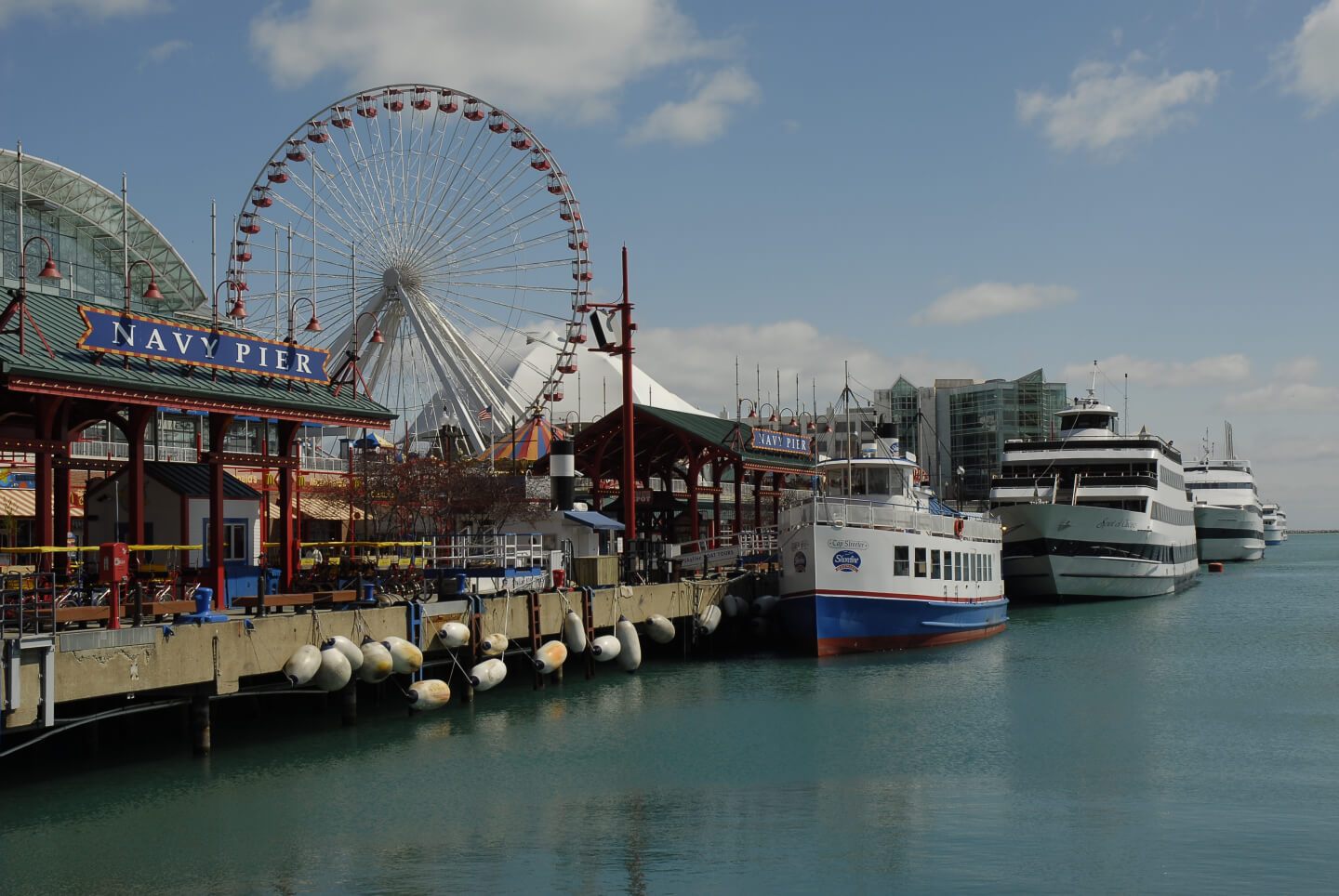

Lincoln Park/Old Town
Both a park and neighbourhood bearing its name, Lincoln Park, a former labourers’ community, is now perhaps Chicago’s wealthiest. After the Great Fire of 1871, a city starving for carpenters, brick layers and other skilled construction labourers to rebuild the city and accommodate a booming Loop, many of whom were Germans who eventually settled here.
Lincoln Park and its adjacent Old Town was the epicentre of Chicago’s 20th century urban renewal. First an artist’s community seeking affordable housing as both home and studio, these urban pioneers were joined by the 1960s hippy movement helping to bring the area back from the brink of total decay. A broader city recovery in full swing by the real estate boom of the 1980s had Lincoln Park and its DePaul University neighbourhood at the very helm of city gentrification. Today rivalling the Gold Coast as the city’s chicest address, Lincoln Park is no longer an affordable community for starving artists, but its tree-lined streets, parks, corner bars and university preserve a relatively youthful vibe, keeping it as a place to recreate and visit. The park itself has many features within its land mass of over 1,208 acres, which in total makes it larger than New York City’s Central Park, including the world most-visited zoo, a world-class conservatory, nature museums, beautiful gardens, the historic Rookery, North Avenue Beach, a marina, driving range and miles of lakefront paths for walking, jogging, or biking. Within this neighbourhood also lies Old Town, home to quaint 19th century houses spared from the fire and a wide mix of restaurants and night life on Wells Street.
Cultural musts include the multiple Tony-award winning Steppenwolf Theater and the star-factory Second City Comedy Club, blues bar Kingston Mines and more detailed history at the Chicago Historical Society.
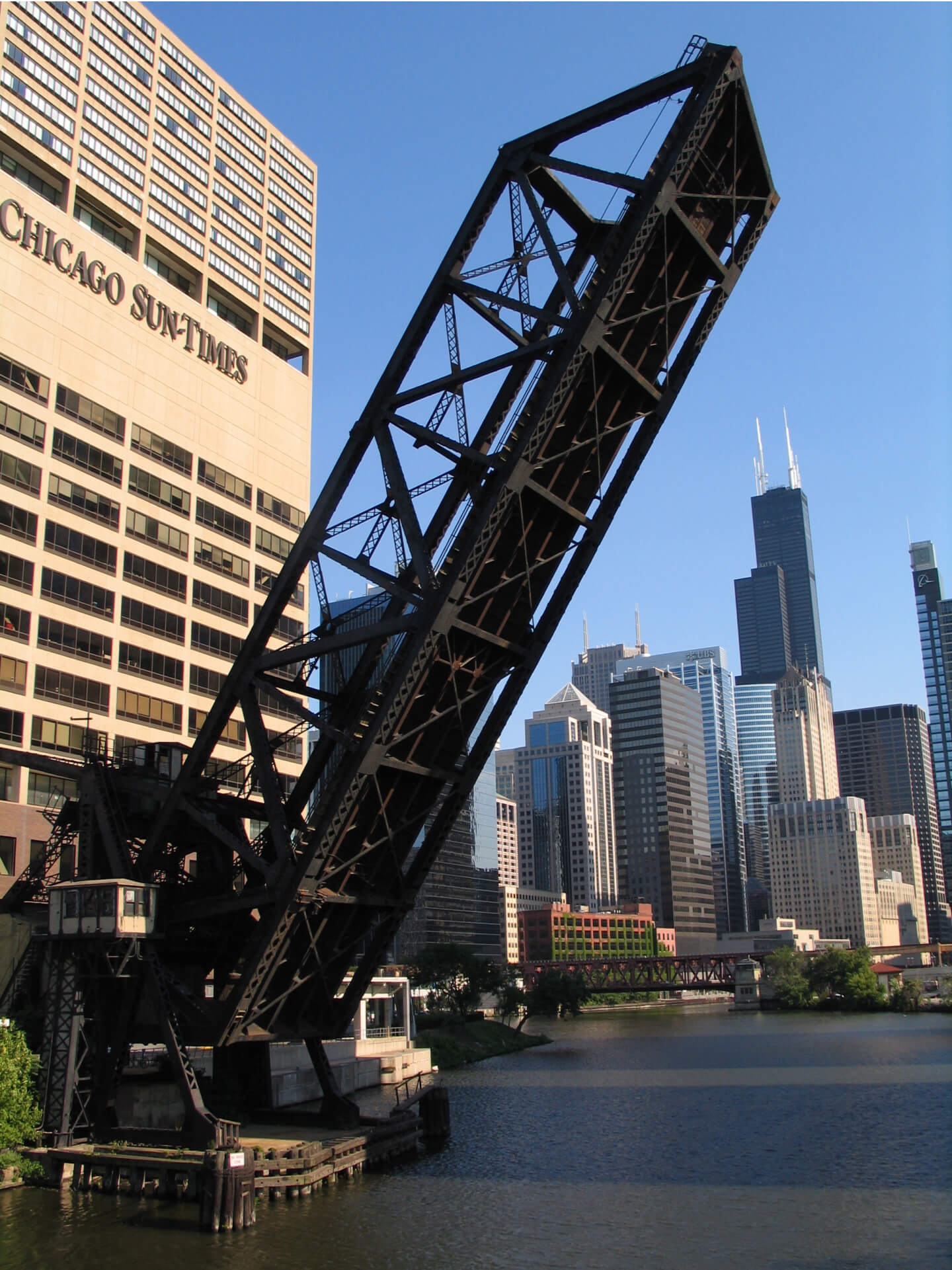
Lakeview/Wrigleyville
Once a distinct township, Lakeview, Chicago’s most densely populated neighbourhood, was annexed by a rapidly expanding city in 1889. Originally settled in by the Germans, Lakeview invited other Northern Europeans including Norwegians, Swedes, and Danes. Lakeview’s most famous residents are of course, the Chicago Cubs, who have occupied the iconic, ivy-adorned Wrigley Field, since 1914. Named after chewing gum magnate William Wrigley Jr., attending Wrigley Field is as much a step backwards in time than it is a baseball game. A real insight to the loyalty of a Chicagoan and true Cub fan, the team has the dubious distinction of not having won a championship in over 100 years, yet it still packs the stands for each and every game. Wrigleyville is now the nightlife centre for recent college graduates and mingling crowds before and after ballgames. Lakeview is also home to Chicago’s largest gay community whose bars, restaurants, and shops on North Halsted Street are collectively and universally recognised as Boystown.
Game day at Wrigley is a spectacle beyond the game and the so-called ‘Friendly Confines’ itself. The streets around the ballpark are nothing less than a festival. Crowds drawn to the neighbourhood occupy countless indistinguishable bars and restaurants which have replaced most of the rustic pubs and taverns.
Indoor culture includes music club, The Metro, tomorrow’s hopeful stars at the theatres on Lincoln Avenue and yesterday’s at the classic-playing Music Box Theater.
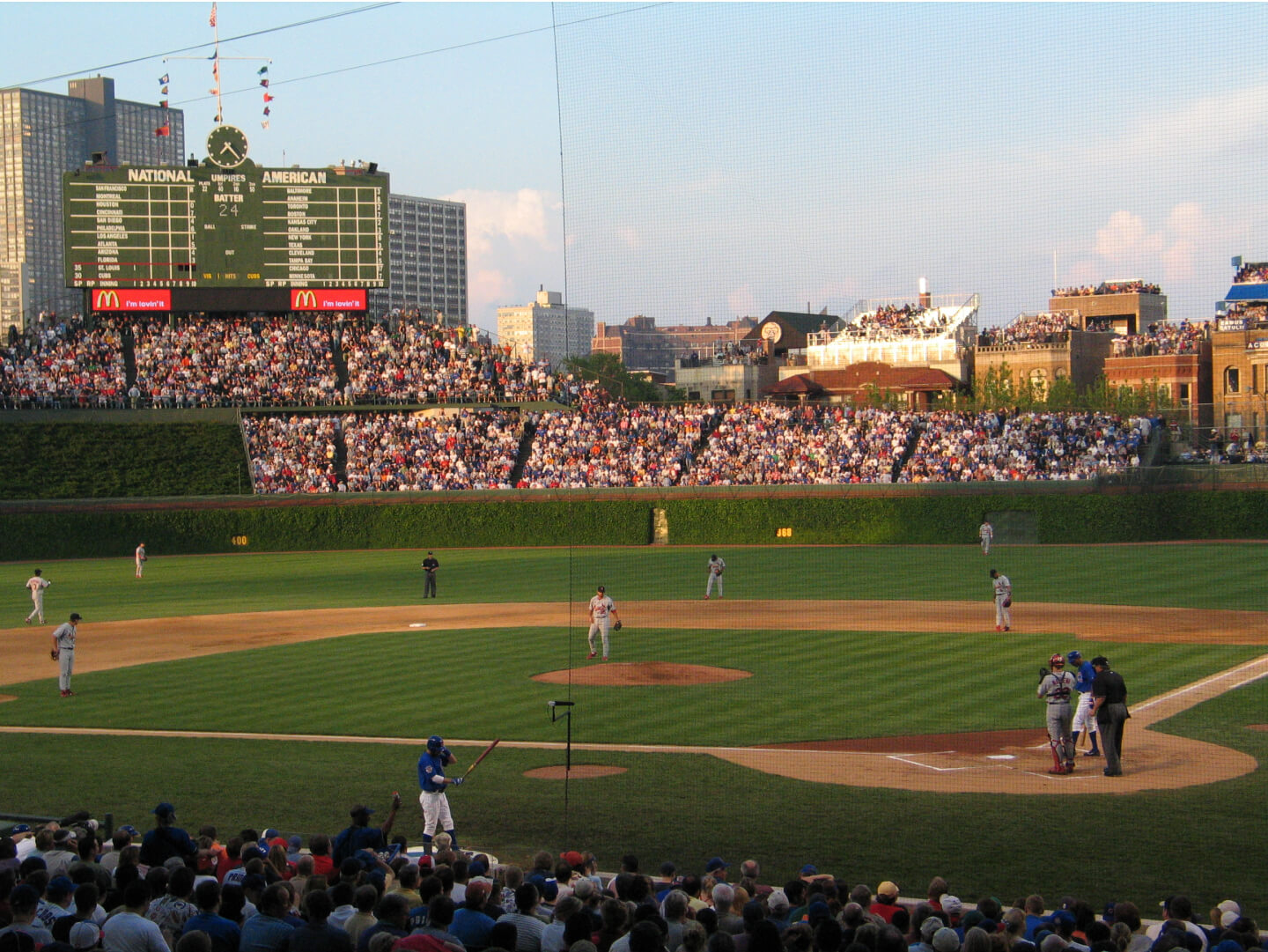
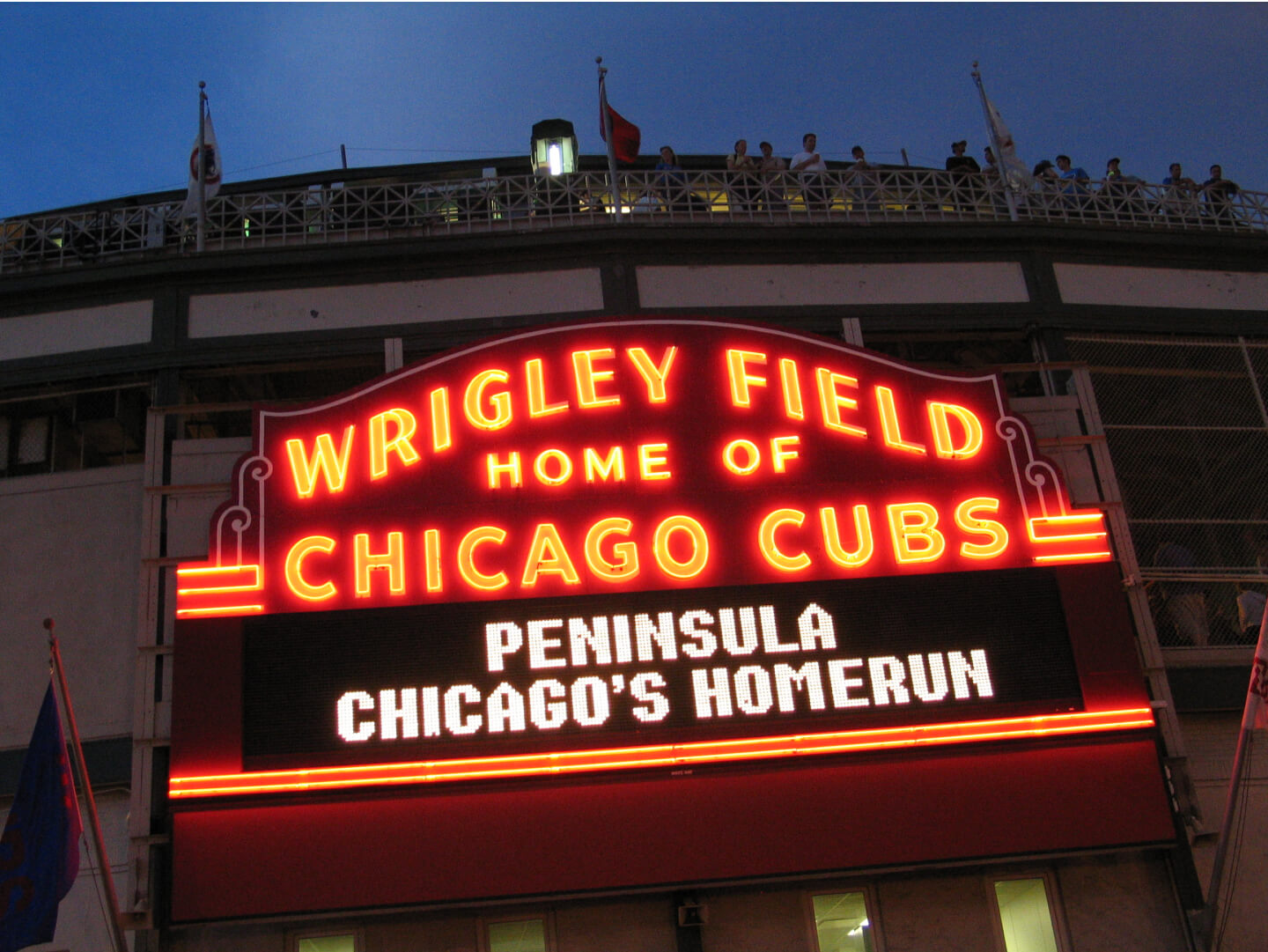
Andersonville/Edgewater/Uptown
Once home to luxurious mansions, lakefront resorts and private riding clubs on a wide strip of beach that was a refuge for downtown Chicagoans, Edgewater became a densely populated neighbourhood of multi-unit apartment and high-rise dwellings. A stretch of Clark Street that passes through Edgewater is known as Andersonville, the historic centre of Chicago’s Swedish community.
A proud neighbourhood whose inhabitants dispersed throughout the city like so many other ethnic groups after the Second World War, a piece of its visible history still remains and even though it was more of an iconic symbol of Swedish-American heritage by the 1980s, King Gustav of Sweden still saw Clark Street fit to play host to a parade in his honour. Still today, bakeries, shops, and delis serving all things Swedish dot the street with doorways and facades decorated in blue and gold. As Chicago’s gay community pushed northward up Clark Street, from Lincoln Park and Lakeview, Andersonville became the next commercial stretch to refurbish. Today the area has undergone a complete transformation to the young and hip with its bars and restaurants now more than Swedish and more than a local destination. A weekend stroll up Clark Street starting from Foster offers sprinkles of Swedish flavour amongst the other shops, bookstores, antique furniture stores, restaurants, cafes and bars.
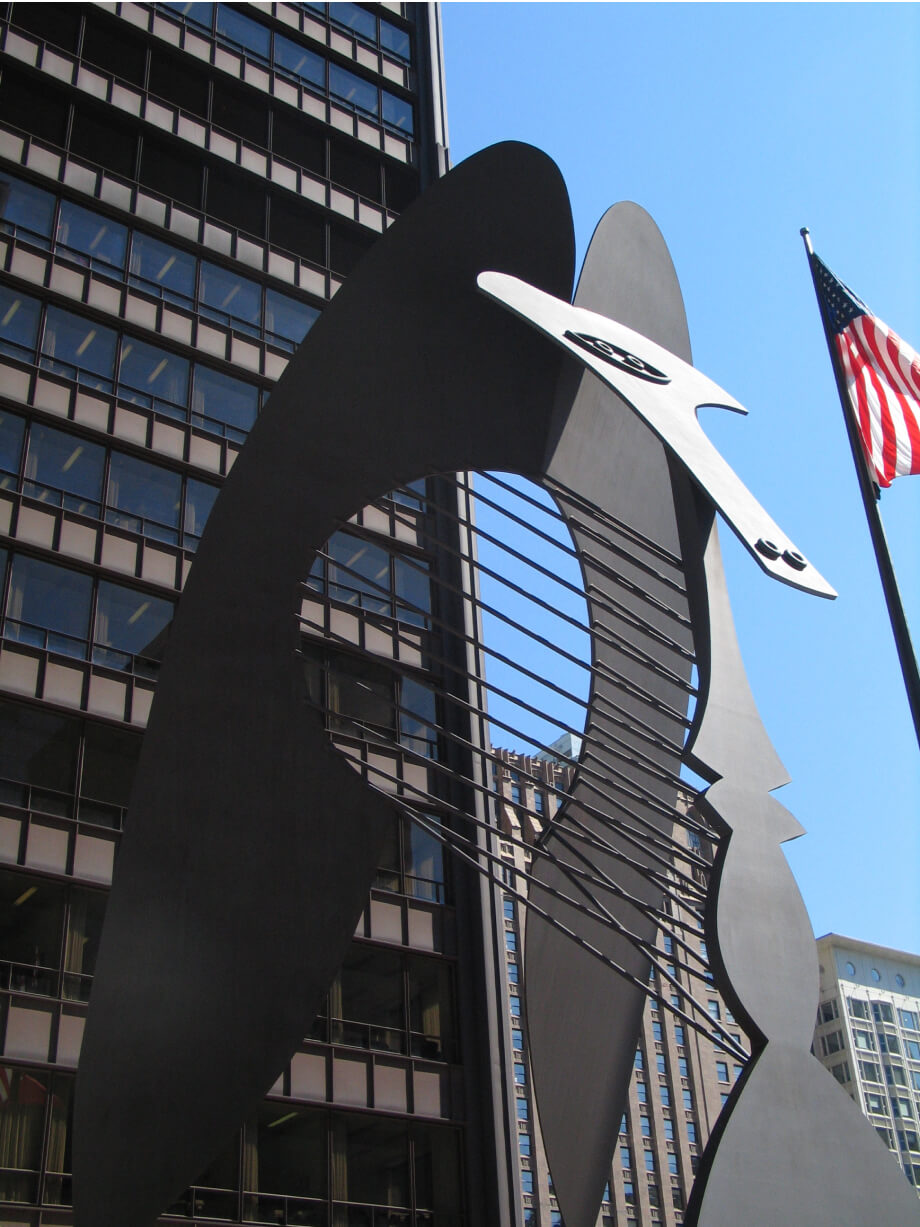
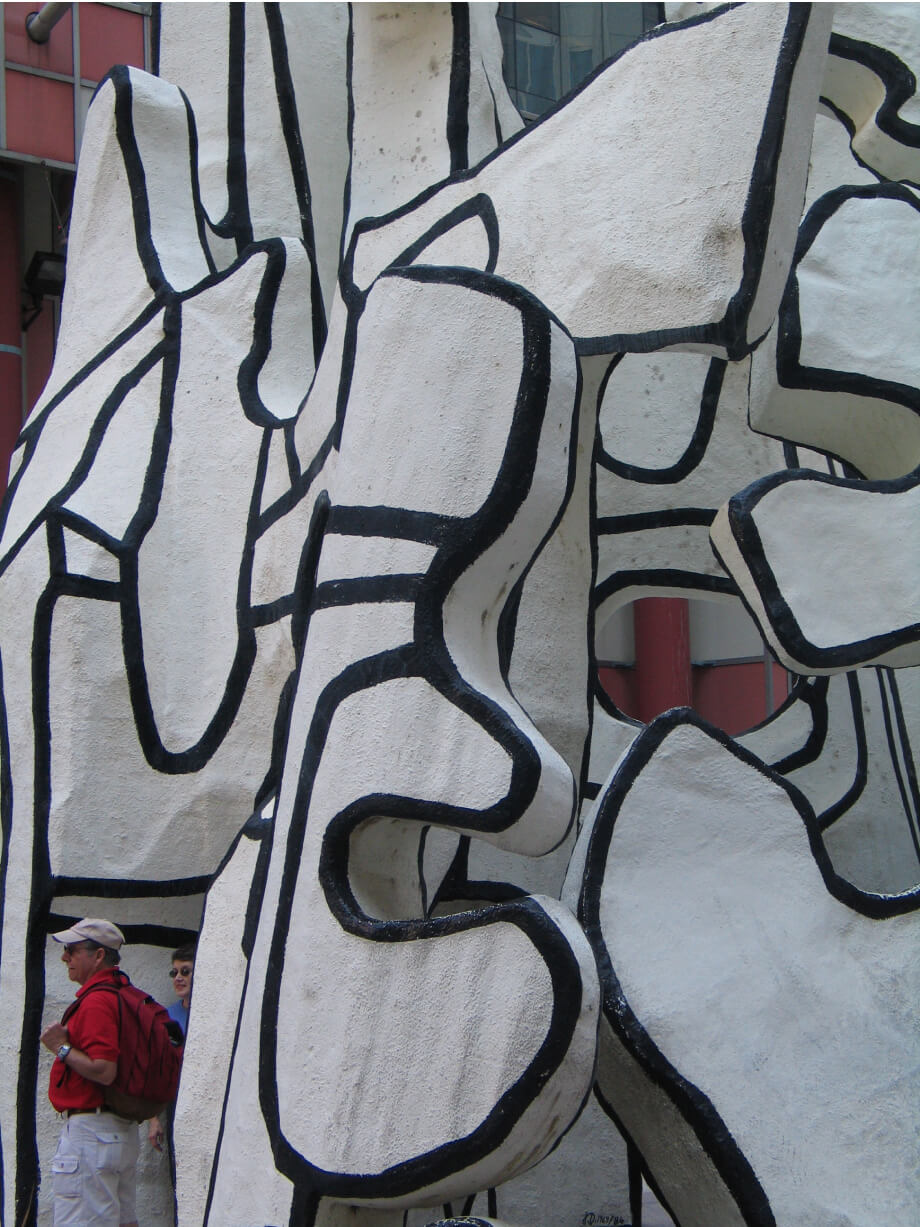
Andersonville/Edgewater/Uptown
Once home to luxurious mansions, lakefront resorts and private riding clubs on a wide strip of beach that was a refuge for downtown Chicagoans, Edgewater became a densely populated neighbourhood of multi-unit apartment and high-rise dwellings. A stretch of Clark Street that passes through Edgewater is known as Andersonville, the historic centre of Chicago’s Swedish community.
A proud neighbourhood whose inhabitants dispersed throughout the city like so many other ethnic groups after the Second World War, a piece of its visible history still remains and even though it was more of an iconic symbol of Swedish-American heritage by the 1980s, King Gustav of Sweden still saw Clark Street fit to play host to a parade in his honour. Still today, bakeries, shops, and delis serving all things Swedish dot the street with doorways and facades decorated in blue and gold. As Chicago’s gay community pushed northward up Clark Street, from Lincoln Park and Lakeview, Andersonville became the next commercial stretch to refurbish. Today the area has undergone a complete transformation to the young and hip with its bars and restaurants now more than Swedish and more than a local destination. A weekend stroll up Clark Street starting from Foster offers sprinkles of Swedish flavour amongst the other shops, bookstores, antique furniture stores, restaurants, cafes and bars.
Once home to luxurious mansions, lakefront resorts and private riding clubs on a wide strip of beach that was a refuge for downtown Chicagoans, Edgewater became a densely populated neighbourhood of multi-unit apartment and high-rise dwellings. A stretch of Clark Street that passes through Edgewater is known as Andersonville, the historic centre of Chicago’s Swedish community.
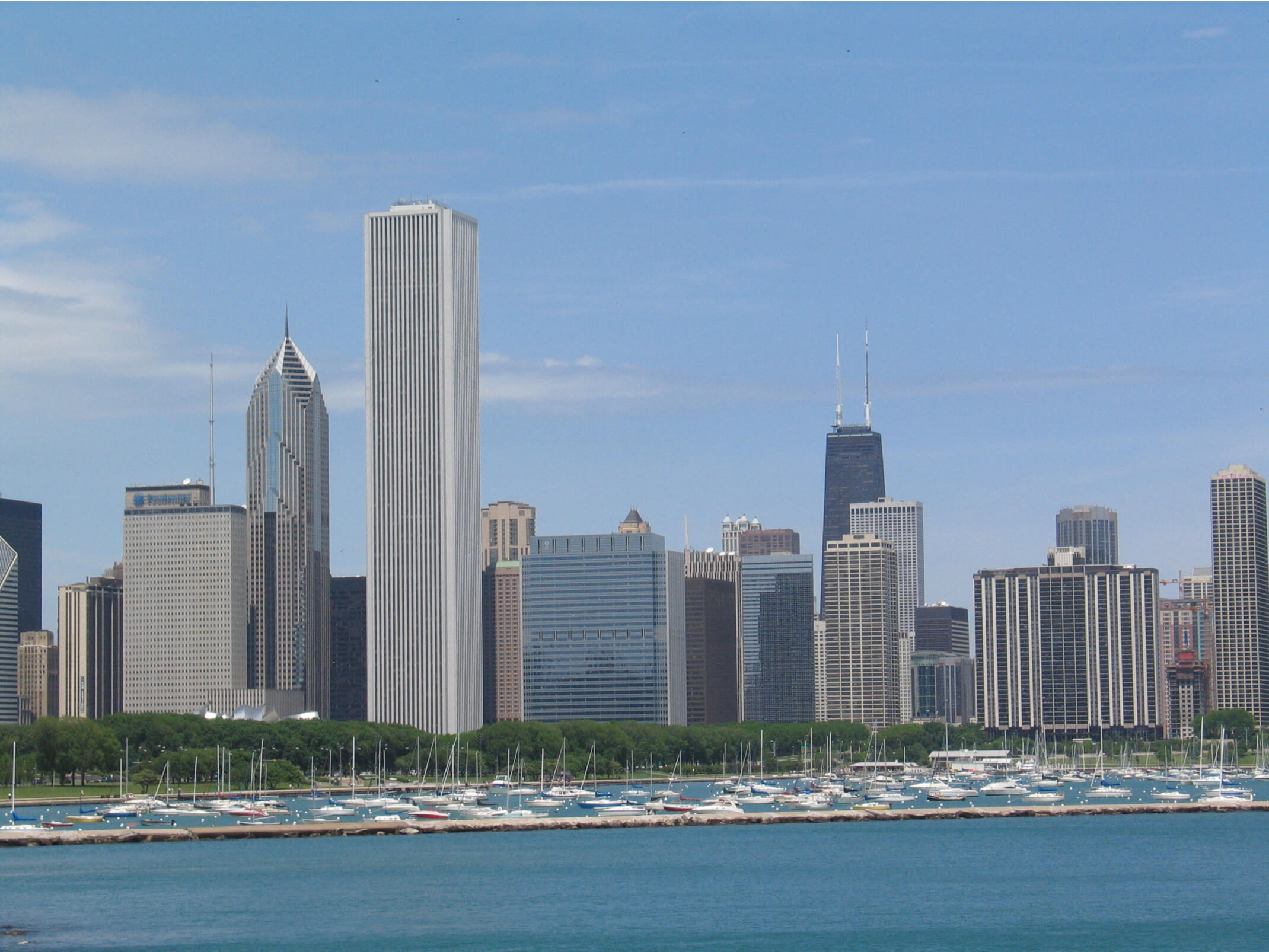
Summer refuge from the hectic Loop pace brings its workers to Millennium Park and its larger host, Grant Park. For a lunchtime or post-work stroll, locals share space with gawking visitors amongst its gardens, sculptures, fountains and open spaces facing both city and lake. Never tiring of its museums and their rotating exhibits, locals still visit The Art Institute and nearby Field Museum, Shedd Aquarium and Adler Planetarium, a journey yielding Chicago’s best view outside of a boat. In fact, among the millions visiting them each year are thousands of locals who find time to bring friends and families to these acclaimed exhibits. Summer brings great concerts, symphonies and classic movies to the park, all at a popular price so check in on what’s playing there each week at Millennium and Grant Park and nearby Northerly Island.
Don’t miss Buckingham Fountain’s light show at night and the twice a week summer fireworks launched over Navy Pier. Music festivals and concerts dominate the summer, from rock to jazz, blues and gospel, along with ethnic affairs, so it is best just to see what is playing while you are in town.

Pilsen/University Village/Little Italy
In the 1870s, manufacturing of the McCormick reaper moved to this neighbourhood, drawing thousands of Czech-Bohemian immigrants with it. The resulting migration placed Pilsen as the largest Bohemian city in the world, outside of what is today the Czech Republic. Like many of its neighbouring communities, Pilsen saw a transition in ethnic makeup thanks to its Mexican immigrants. More recently, an eclectic artist community has emerged on Pilsen’s eastern border along Halsted Street with a number of trendy cafes and bars joining the ranks of numerous establishments serving traditional Mexican fare.
Today Pilsen is arguably the symbolic cultural and commercial centre of the Mexican community and is almost 90 percent Mexican and Mexican-American. Walk along 18th Street stepping in and out of the shops and cafes and see one of the nation’s largest Mexican art collection at the Mexican Fine Arts Museum.
Across the tracks, Little Italy on Taylor Street, is the most visible reminder of several former Italian enclaves that once dotted the city. More of a restaurant destination than an ethnic neighbourhood today like its nearby Greektown counterpart, most Italian communities either relocated to the suburbs in the 50s, 60s and 70s, or dispersed entirely. Still, it is a visible source of Italian pride and heritage and a popular place to have an evening Italiana.
Sandwiched between Pilsen and Little Italy is one of Chicago's most recent, large-scale urban renewal projects, University Village. Built in part to house and serve students at a growing University of Illinois-Chicago, it also includes luxury townhouses and condominiums. Nostalgics mourn the sanitisation of a gritty Maxwell Street, which lost its turn-of-the-century street vendors, stalls and Sunday Market where it was not so whimsically said you could "lose" your TV on Friday night and buy it back on Sunday. Maxwell Street was the commercial base of Chicago's largest Jewish immigrant community before it too dispersed to the suburbs and far north side in the 1960s and beyond.
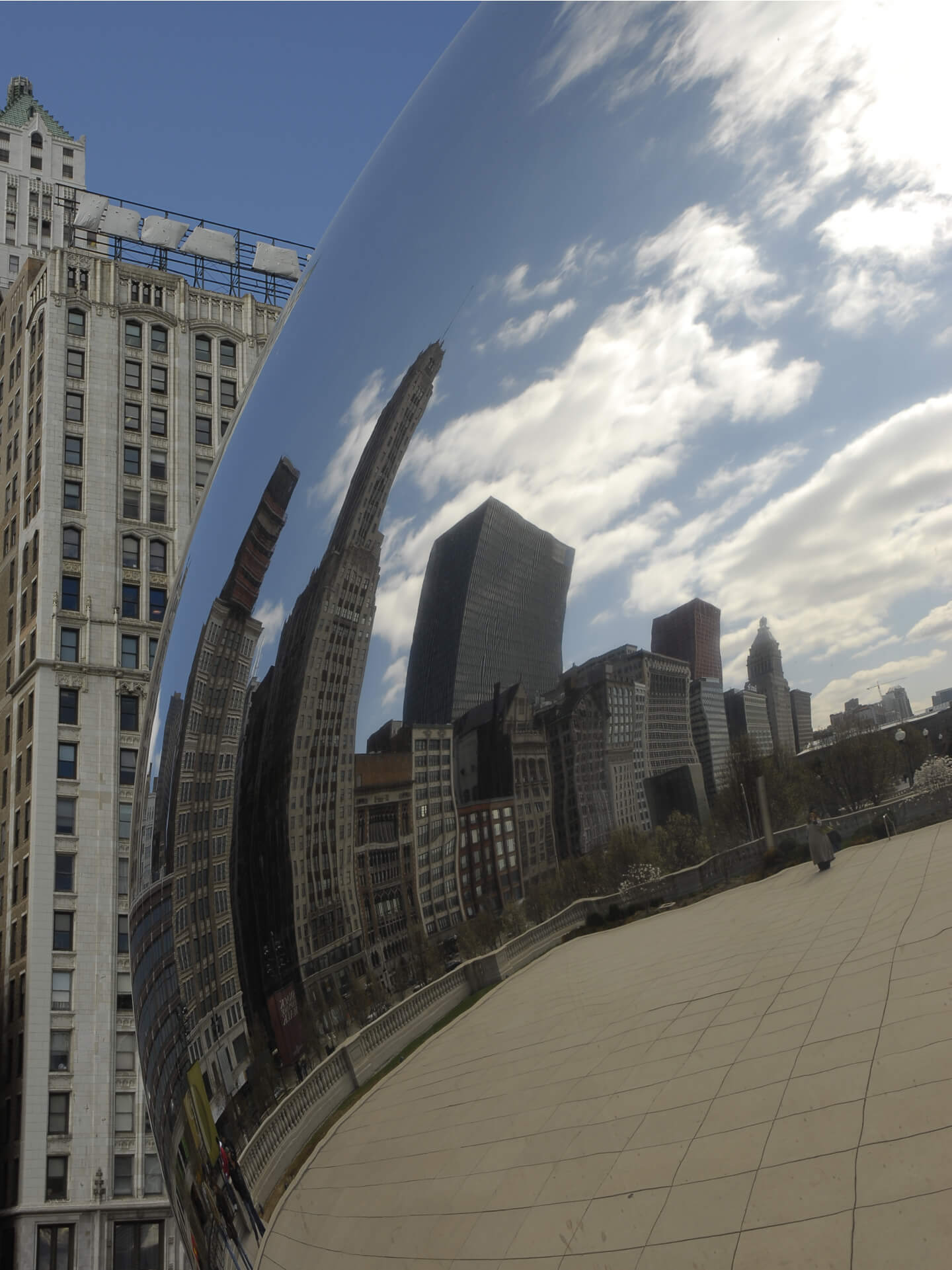
Greektown/West Loop
Its namesake was earned in the late 1800s as the anchor for Chicago’s Greek population. Long a people known for their dominance in the produce market and food distribution business in Chicago, Greektown today is represented by its high concentration of restaurants. As the Greek community began to open up restaurants across Chicago, and in the suburbs and built its wealth, they dispersed to other neighbourhoods, many of which were in the suburbs. However, Greektown today still represents the proud, central, symbolic centre of Greek life in the Chicago area.
In the spirit of Chicago’s reinvention, a new neighbourhood has sprouted from abandoned factories and industrial buildings, now known as the West Loop Gate. Virtually abandoned until the 1980s, this neighbourhood began to accelerate its growth due to the trendy restaurant row that unfolded on west Randolph Street and the establishment of Oprah Winfrey’s very own Harpo Studios. This once vacant strip of land between the Loop, Greektown and the United Center, home to professional basketball’s Chicago Bulls and hockey’s Chicago Blackhawks, is now occupied by young professionals seeking loft-style housing that the once-abandoned factory infrastructure affords.
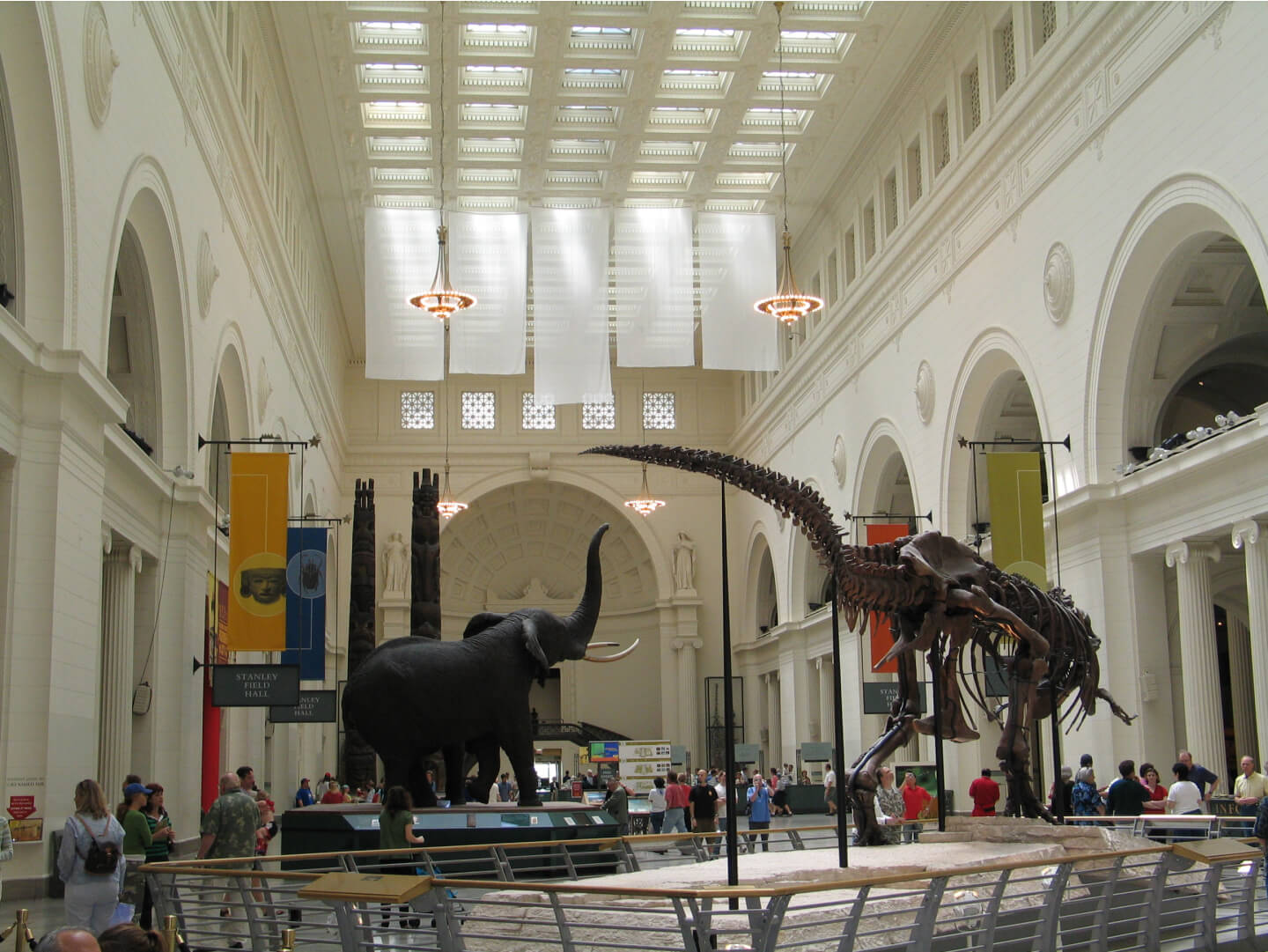
Pilsen/University Village/Little Italy
In the 1870s, manufacturing of the McCormick reaper moved to this neighbourhood, drawing thousands of Czech-Bohemian immigrants with it. The resulting migration placed Pilsen as the largest Bohemian city in the world, outside of what is today the Czech Republic. Like many of its neighbouring communities, Pilsen saw a transition in ethnic makeup thanks to its Mexican immigrants. More recently, an eclectic artist community has emerged on Pilsen’s eastern border along Halsted Street with a number of trendy cafes and bars joining the ranks of numerous establishments serving traditional Mexican fare.
Today Pilsen is arguably the symbolic cultural and commercial centre of the Mexican community and is almost 90 percent Mexican and Mexican-American. Walk along 18th Street stepping in and out of the shops and cafes and see one of the nation’s largest Mexican art collection at the Mexican Fine Arts Museum.
Across the tracks, Little Italy on Taylor Street, is the most visible reminder of several former Italian enclaves that once dotted the city. More of a restaurant destination than an ethnic neighbourhood today like its nearby Greektown counterpart, most Italian communities either relocated to the suburbs in the 50s, 60s and 70s, or dispersed entirely. Still, it is a visible source of Italian pride and heritage and a popular place to have an evening Italiana.
Sandwiched between Pilsen and Little Italy is one of Chicago's most recent, large-scale urban renewal projects, University Village. Built in part to house and serve students at a growing University of Illinois-Chicago, it also includes luxury townhouses and condominiums. Nostalgics mourn the sanitisation of a gritty Maxwell Street, which lost its turn-of-the-century street vendors, stalls and Sunday Market where it was not so whimsically said you could "lose" your TV on Friday night and buy it back on Sunday. Maxwell Street was the commercial base of Chicago's largest Jewish immigrant community before it too dispersed to the suburbs and far north side in the 1960s and beyond.
Dummy content here
